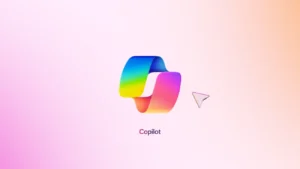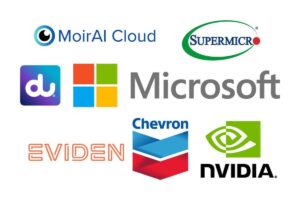Microsoft Unveils Major Advances in AI Agents and Copilots, Highlights Continuing Impact on Workforce

Microsoft Introduces AI Agent and Copilot Innovations
Overview of AI Advancements
Recently, Microsoft has rolled out significant updates to its AI capabilities, particularly focusing on their AI agents and Copilot functionalities. This initiative is part of a broader strategy by the tech giant to integrate artificial intelligence into everyday tools, enhancing user experience across various platforms.
Key Features of the Updates
Enhanced Efficiency: Microsoft’s new AI features are designed to improve productivity by automating routine tasks. This includes intelligent suggestions and task completions to streamline workflows.
Natural Language Processing: The advancements in natural language processing (NLP) allow users to interact with their tools in a more conversational manner. This makes it easier for non-technical users to benefit from AI functionalities without needing extensive training or expertise.
- Personalization of User Experience: The AI systems are designed to learn from user interactions, adapting to individual needs and preferences. This results in a more customized experience where the tools feel tailored to each user.
Impact on Workforce
Efficiency vs. Job Displacement
As companies increasingly adopt AI technologies, there are ongoing discussions regarding the impact on the workforce. While AI aims to elevate efficiency, there’s also concern about potential job displacement.
Job Role Transformation: Many roles are expected to evolve rather than disappear. Employees may shift toward more strategic tasks while routine jobs are automated.
- Upskilling Required: With AI taking over simpler tasks, there’s a growing need for employees to acquire new skills. Companies might need to invest in training programs to help their workforce adapt to these changes.
How Microsoft is Leading in AI
Microsoft’s approach to integrating AI into its products, such as Microsoft 365 and Azure, showcases its commitment to innovation.
Microsoft 365 Integration: Tools like Word, Excel, and PowerPoint now feature AI that aids in content generation, data analysis, and presentation design. This integration allows for smoother transitions between tasks, enhancing overall productivity.
- Azure AI Services: Microsoft offers numerous AI services through its Azure cloud platform. These services provide businesses with advanced tools for data processing and machine learning, enabling companies to harness the power of AI effectively.
Future Developments
Microsoft’s investment in AI is expected to continue rising, with plans for ongoing updates and feature enhancements. The goal is to maintain a competitive edge while ensuring that users can easily harness AI capabilities in their daily tasks. Future advancements might include:
Advanced Collaborations: Collaborations with other tech companies to expand AI functionalities across more platforms.
- Greater Automation: Further automating tasks in sectors like healthcare, finance, and customer service, allowing for improved efficiency and customer satisfaction.
Conclusion
With these recent advancements, Microsoft is reinforcing its position as a leader in the AI landscape, showing how technology can transform the workplace. As businesses embrace these innovations, the synergy of AI and human efforts can lead to remarkable improvements in productivity and work experience.
By continuing to improve and adapt AI tools, Microsoft aims to ensure that both businesses and employees can thrive in this evolving environment, fostering a culture of continuous learning and innovation.






